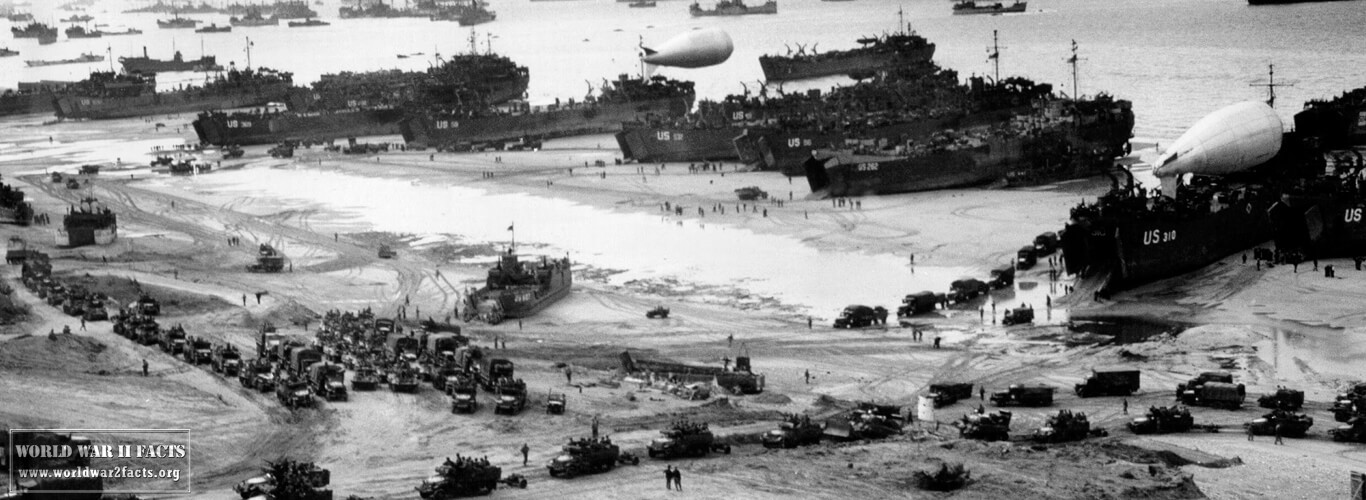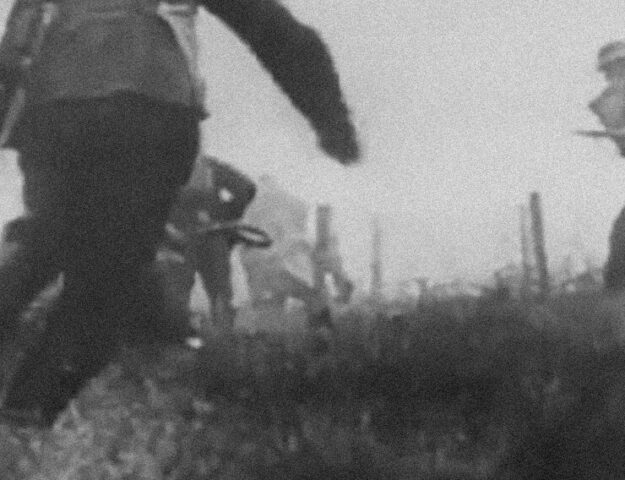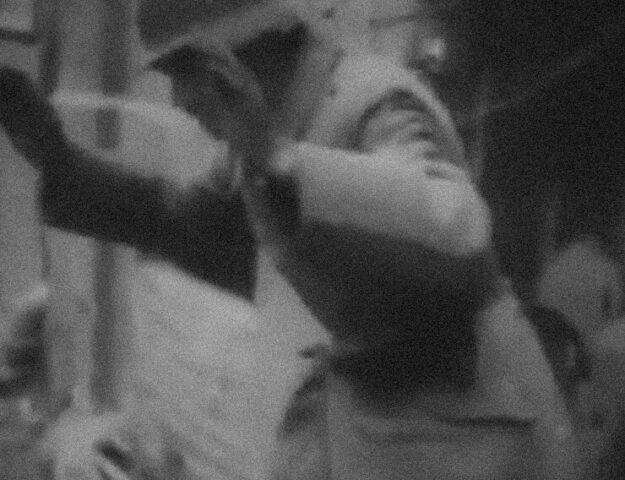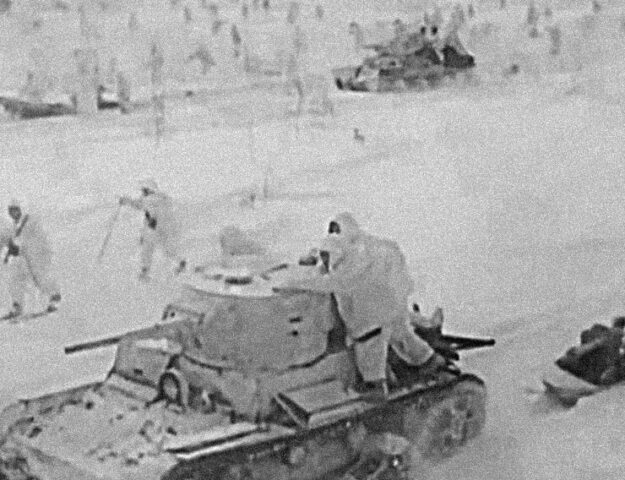Battle of Wake Island Facts

The Battle of Wake Island
Contents
Wake Island is a small but strategically important island in the Pacific Ocean. In 1899, it was annexed by the United States and, though unpopulated at the time, was eventually developed into a town and hotel thanks to the efforts of Pan American Airways. It consists of three smaller islets – Wake, Peale, and Wilkes – located on the north side of the Marshall Islands and east of Guam.
In the late 1930s, as tensions began to mount between Japan and the US, the Navy fortified Wake Island, constructing an airfield and defensive positions. On December 7th, 1941, the Battle of Wake Island began at the same time as the Japanese attack on Pearl Harbor. The battle lasted until December 23rd and ultimately resulted in the island remaining under Japanese control until September 4th, 1945; when the heavily outnumbered garrison finally surrendered to the U.S. Marines.
Battle of Wake Island Commanders
The Battle of Wake Island was one of the most significant battles of World War II. It occurred between December 8 and December 23, 1941, when Japanese forces attempted to capture the strategic island in the central Pacific Ocean. In response, an under-equipped US Marine force was dispatched to oppose them and defend the base.
U.S. Commanders
Two key officers commanded the Battle of Wake Island: US Commander Winfield Cunningham and Japanese Vice Admiral Sadamichi Kajioka. Commander Cunningham was charged with leading the island’s defense, which he did with admirable skill. Despite being outnumbered and outgunned, Cunningham and his men put up a fierce resistance against the Japanese force that ultimately forced them to retreat after 15 days of battle.
- Winfield S. Cunningham (POW)
- James P.S. Devereux (POW)
Empire of Japan
Vice Admiral Kajioka was tasked with leading the invasion force and securing the island for Japan. His strategy focused on using naval bombardments to soften targets before launching infantry attacks. Still, they were met with brave and determined resistance from Cunningham’s forces, eventually leading to the operation’s failure.
- Shigeyoshi Inoue
- Sadamichi Kajioka
- Shigematsu Sakaibara
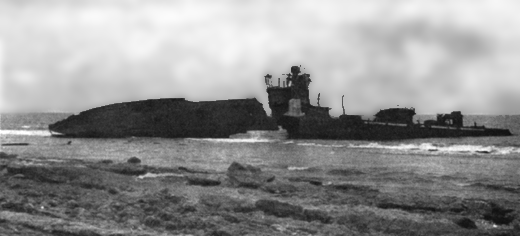
Wake Island Order of Battle
U.S.
- 449 USMC personnel consisting of:
- 399 infantry of the 1st Marine Defense Battalion
- 55 det. VMF-211,
- 68 US Navy
- 5 U.S. Army personnel,
- Others
Empire of Japan
- First Attempt (December 11):
- 3 light cruisers
- 6 destroyers
- 2 patrol boats
- 2 troop transports
- Reinforcements arriving for Second Attempt (December 23):
- 2 aircraft carriers
- 2 battleships
- 2,500 infantry

Battle of Wake Island Casualties
The Battle of Wake Island during World War II was a short-lived but intense conflict that ended in staggering losses for both sides. In just fifteen days of fighting, Japan suffered over 6,000 casualties, while the United States lost nearly 1,200 troops and civilians. The following are some details about the casualties of the battle for Japan and the United States.
Japan Casualties
The Japanese forces were severely outnumbered at the Battle of Wake Island, yet they managed to stage a fierce defense. However, their efforts ultimately failed, leading to heavy casualties.
- 820 killed,
- 333 wounded,
- 1 light cruiser heavily damaged,
- 2 destroyers sunk,
- 2 patrol boats sunk,
- 7–8 aircraft shot down,
- 20 aircraft damaged.
USMC History estimates 21 aircraft were shot down, and 51 aircraft were damaged by flak.
U.S. Casualties
The American forces fared much better than their Japanese counterparts, sustaining relatively light casualties compared to other major battles during World War II.
- 120 killed,
- 49 wounded,
- 2 MIA
- 12 aircraft
- 433 Military
- 1,104 Civilian POWS, 5 were military (killed Jan 1942), and 98 Civilian POWS (killed Oct 1943).
- In addition, 15 military and 82 civilians died as POWS[5]
Wake Island Map
Located approximately 2,300 miles west-southwest of Honolulu, on the edge of the northern Pacific Ocean, Wake Island served as a major air base for the United States from 1941 to 1945.
The map itself is divided into two parts – the main atoll and Wilkes Island. A dotted line runs along the inner shoreline of the main atoll and encircles Wilkes Island, showing their geographical proximity. On the left-hand side of the map, you will find an identifier indicating the type of terrain indicated: green represents a mixture of beachfront sand, coral, and jungle; light green indicates a lagoon surrounded by coral reefs; and blue signifies the open ocean.
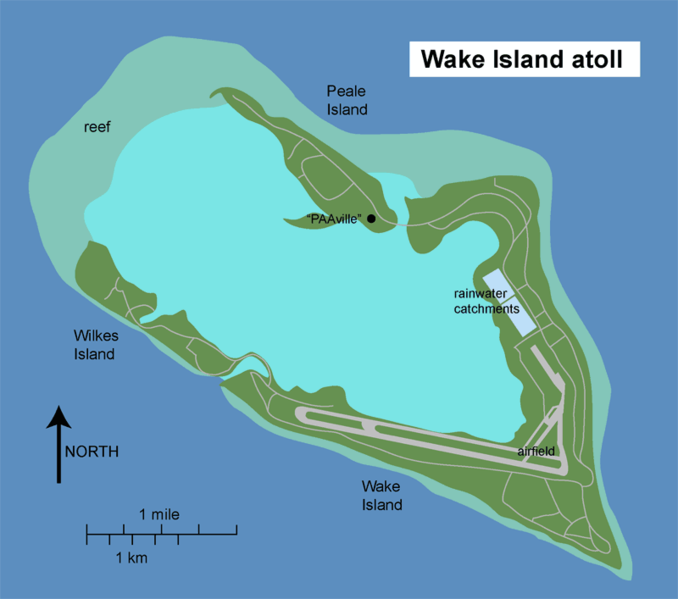
Battle of Wake Island Video
Battle of Wake Island Summary
As the work progressed fortifying Wake Island, 400 men of the Marine Defense Battalion arrived to take control of the island’s forces. The airfield was operational by December of the same year but not yet finished. The radar units for the island were still at Pearl Harbor, and protective positions for the airfield hadn’t been built yet. On December 4, the USS Enterprise brought 12 F4F Wildcats to the island.
Because of the island’s strategic location, the Japanese wanted to take Wake; it was part of their bigger operation against the US. On December 8, during the attack on Pearl Harbor, 36 medium bombers launched from the Marshall Islands to attack Wake Island. Knowing that Pearl Harbor had been attacked earlier that day and without radar, 4 Wildcats were ordered to patrol the island. Because of the poor visibility, the pilots didn’t spot the Japanese bombers heading for the island.
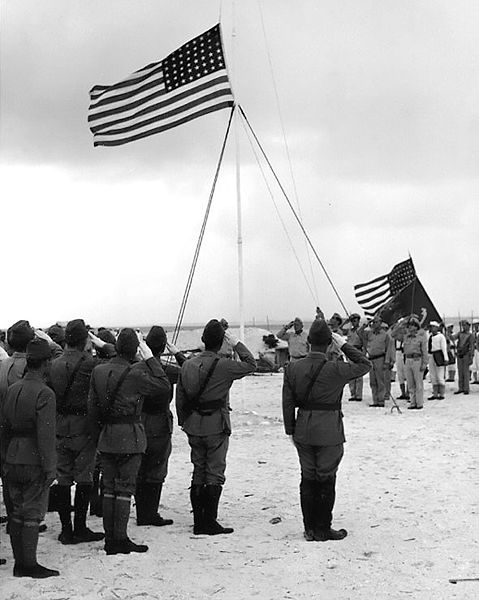
The Battle of Wake Island began when the Japanese attacked and destroyed eight grounded VMF-211 Wildcats and damaged the airfield. The first casualties were 23 killed and 11 wounded, including many plane mechanics. The Japanese aircraft that left the battle without losses returned the next day. Their raid was less successful than the previous day. The four remaining US fighters shot down two Japanese planes. Rear Admiral Sadamichi Kajioka prepared a small invasion fleet during the air battle.
When they arrived at Wake Island, Kajioka ordered his ships to attack. The US marine gunners held fire as best they could until the enemy forces were within range of their coastal defense guns. They sank the Japanese destroyer Hayate after opening fire and severely damaged the flagship. Under heavy fire, the Japanese withdrew beyond the US coastal defense gun range. As a counter-attack, the American forces launched their four remaining planes and sank Kisaragi, a destroyer.
While the Japanese were regrouping, the Wake Island commanders were called to help in Hawaii. Kajioka still determined to take the island, remained nearby and sent additional air attacks to attack the island. He also got additional ships, the carriers Soryu and Hiryu, diverted to him while leaving Pearl Harbor. While Kajioka was planning what to do next, US forces were sent to Wake Island for relief.
Americal Frank Fletcher wanted relief through the fleet carrier Saratoga, the seaplane tender Tangier, the fleet oiler Neches and heavy cruisers San Francisco, Astoria, Minneapolis, and an additional 10 destroyers. This convoy never made it to Wake Island because it was ordered to return to Pearl Harbor when word arrived that there were two Japanese carriers and two fast battleships at Wake Island.
Practically left defenseless, the Japanese launched the second assault in the Battle of Wake Island. The attack was mostly carried out by the same ships from earlier, with an addition of 1, 500 Japanese marines. A full night and morning after the second assault began the US forces on Wake Island surrendered to the Japanese.
Battle of Wake Island Conclusions
During the 15-day struggle, the U.S. Marines lost 47 and 2 MIA while the U.S. Navy lost 3 of their people, and at least 10 U.S. civilians died, with an additional 10 Chamorros civilians killed and 12 wounded. The Japanese lost somewhere between 700 to 900 people, and at least another 300 were wounded.
Two destroyers and at least 28 aircraft were destroyed or damaged in the first invasion attempt. After the U.S. forces surrendered, the Japanese captured almost all the people on the island, mostly civilian contractors. Henry T. Elrod, one of the pilots, was awarded the Medal of Honor posthumously for shooting down two Japanese Zeroes and sinking one destroyer during the second landing attempt.
The Japanese held the island until September 4, 1945, when the remaining Japanese surrendered to the United States Marines.
The Battle of Wake Island or its aftermath is also remembered for the war crimes committed by the Japanese. When the Americans attacked Wake Island in 1943, Rear Admiral Shigematsu Sakaibara fearing the imminent invasion ordered 98 of the captured American civilians to be executed.
Battle of Wake Island References
- L, Klemen (1999–2000). “Forgotten Campaign: The Dutch East Indies Campaign 1941–1942”.
- Surrender of Wake by the Japanese – Marines in World War II, last accessed 18 April 2013.
- Wake Island – Pacific Wreck Database, last accessed 18 April 2013.
- Wake Island, Naval History and Heritage Command, last accessed 18 April 2013.
